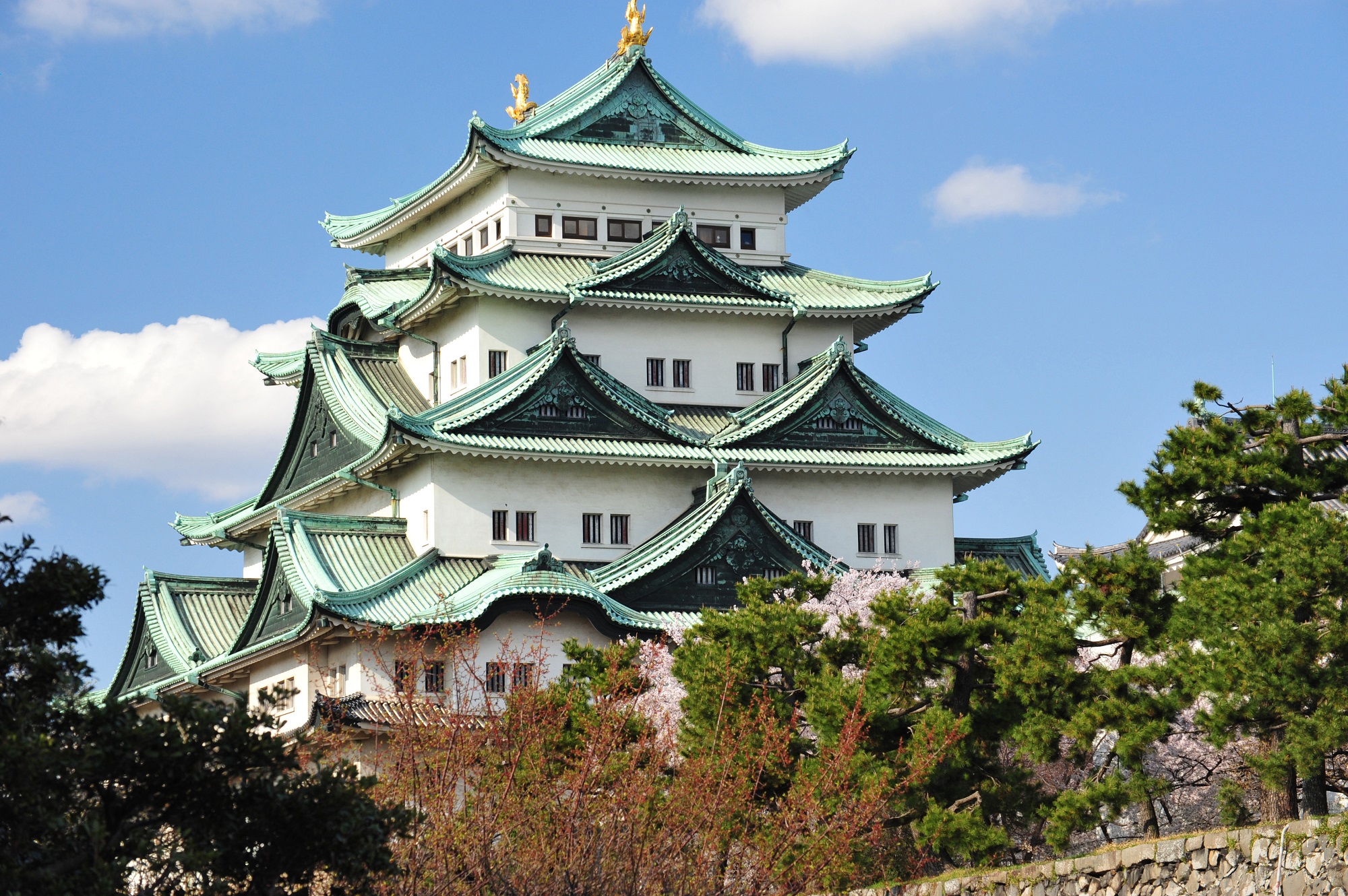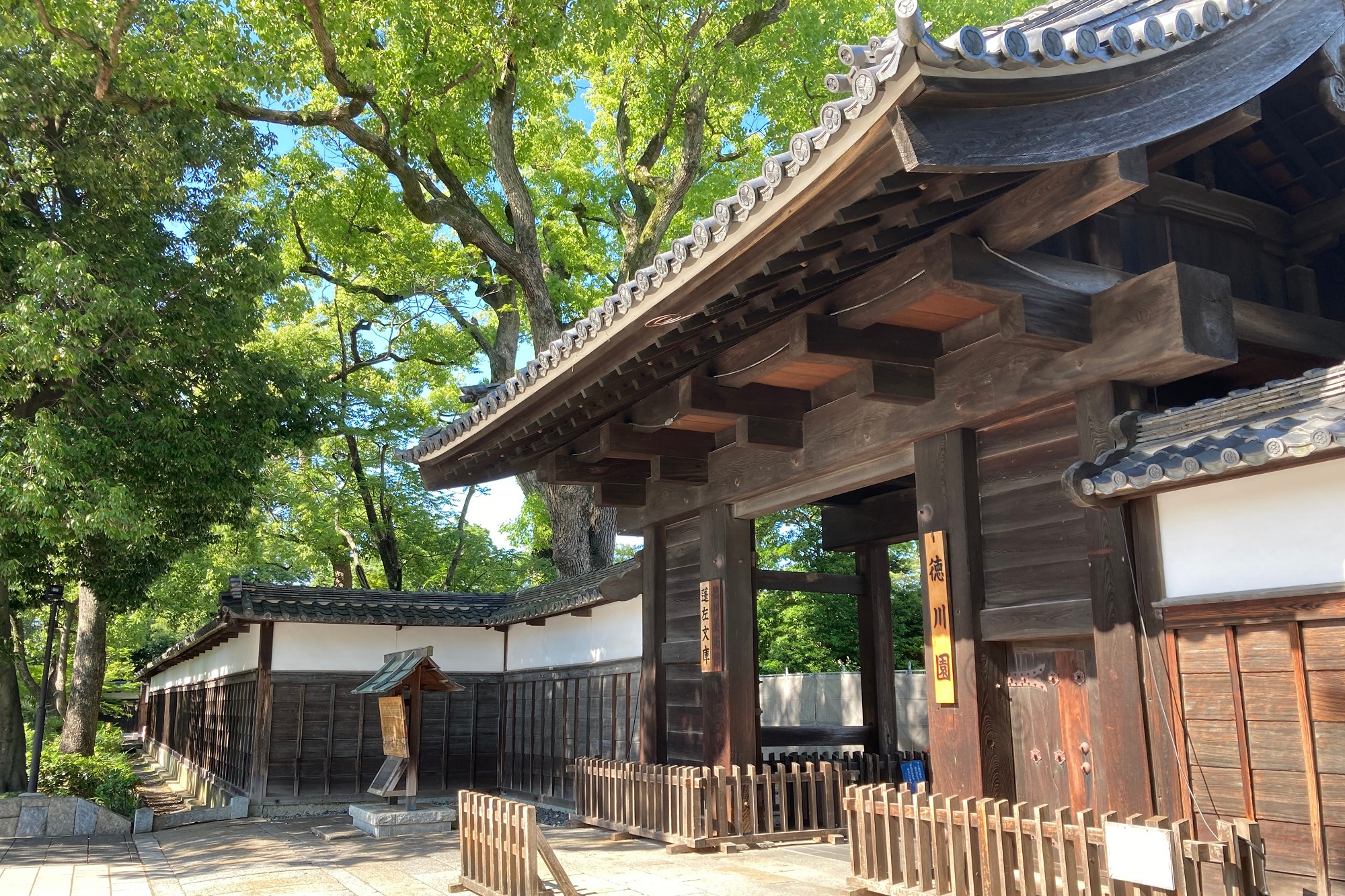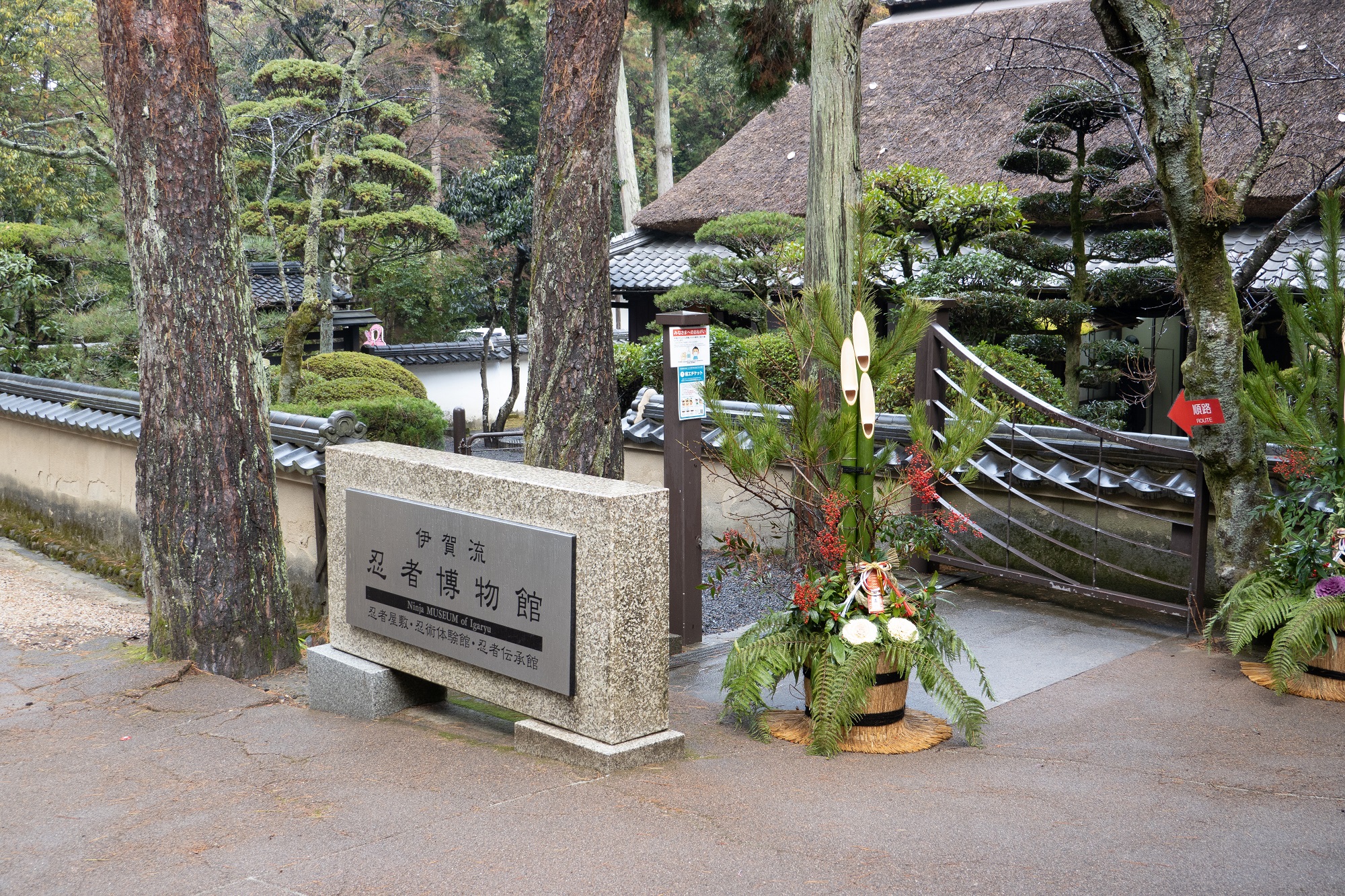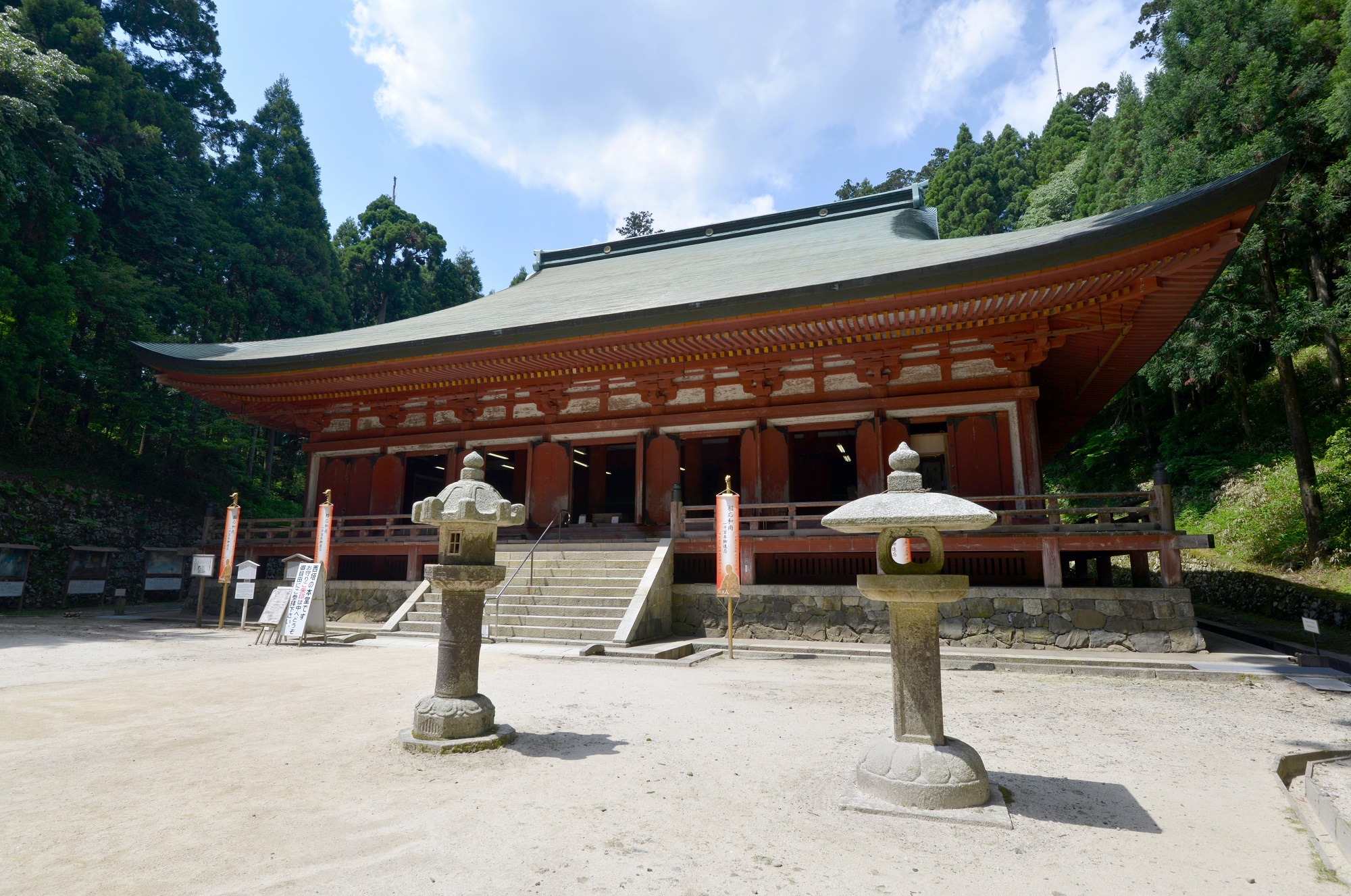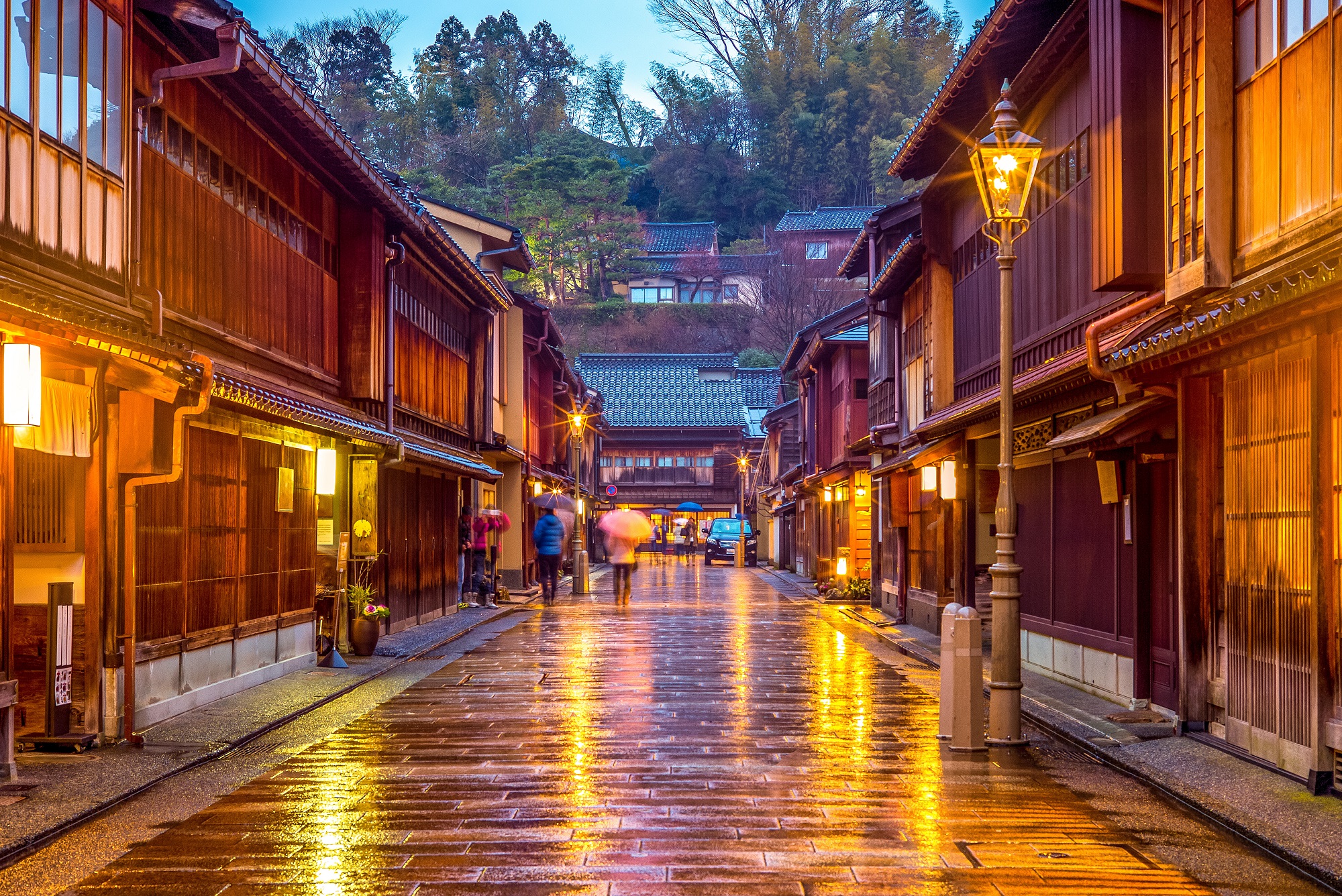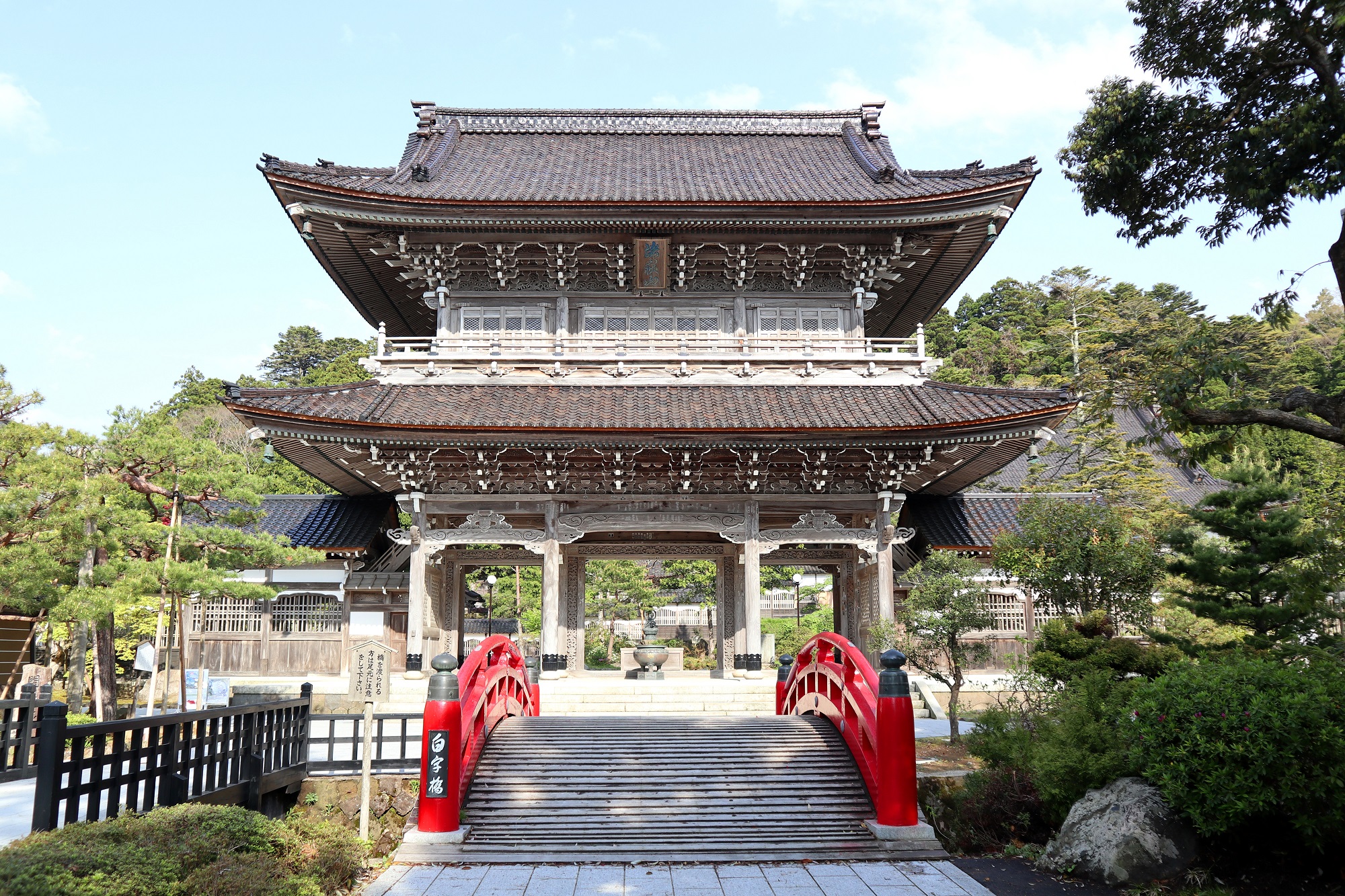Traditional Arts & Crafts / 伝統工芸
Traditional Arts & Crafts
Traditional crafts of Japan are rooted in Japanese culture and lifestyle, and the traditions and techniques are passed down for generations. The "Traditional Craft Products" are government-certified traditional crafts, are also historically valuable.
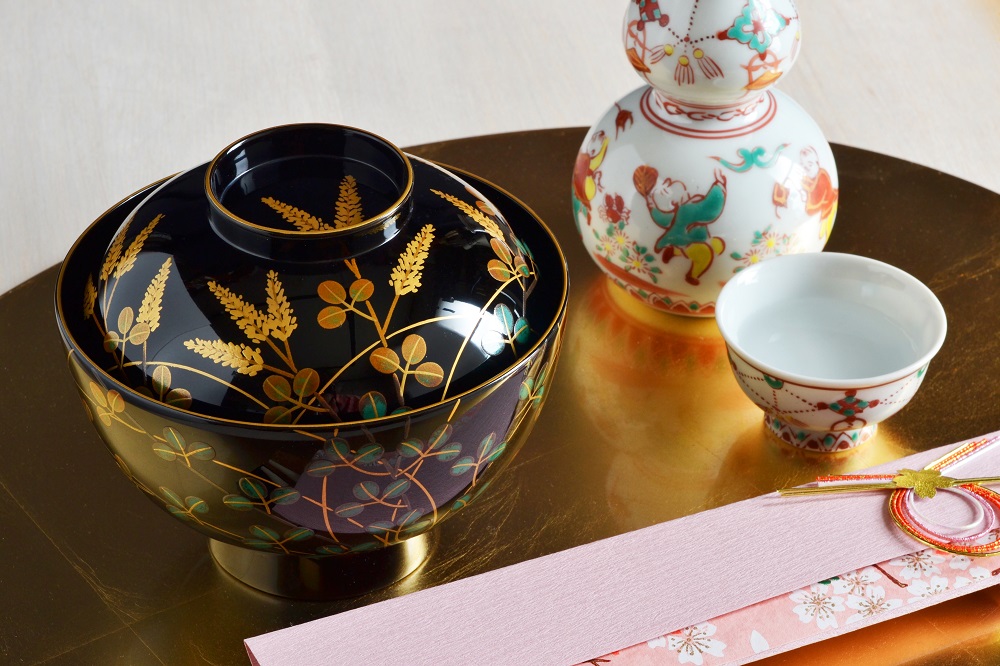
The traditional Japanese crafts are, woven textiles, dyed textiles, textiles in general, ceramics, lacquer ware, wood and bamboo crafts, metal works, household Buddhist alters, traditional Japanese paper, writing tools, stone works, semiprecious stone craft works, dolls and "kokeshi" dolls, crafts in general, and materials and tools for industrial arts.
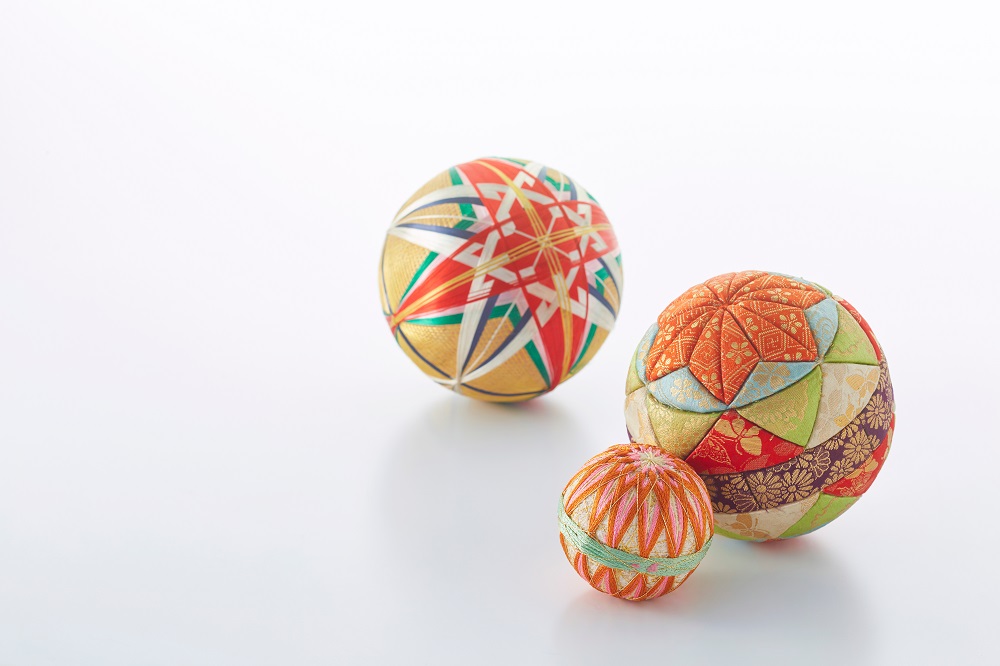
Major Arts and Crafts of the Chubu Region
Aichi
The Aichi Prefecture has prospered as a transportation hub and is also known for "monozukuri" [craftsmanship]. The "monozukuri" [craftsmanship] representing the Aichi Prefecture are, the Bishu woven textiles of Ichinomiya City which once produced distinctive hemp, silk, and cotton textiles and later developed into both the largest in Japan and leading wool textile of the world production centers, the Seto Ware of Seto City derived the word "Setomono" (generic term for "ceramics" in Japanese) which is pottery with colorful pictures and glazed lines, and the Tokoname Ware of Tokoname City is the pottery naturally red from the iron contained in the soil, are also made in other colors today.

Shizuoka
Shizuoka Prefecture is a prosperous region for ages and has been blessed with abundant nature and a moderate climate. The traditional crafts of Shizuoka received a huge boost in 1634, when Iemitsu, the third Tokugawa Shogun, built a temple in Sunpu (present-day Shizuoka City), with refined skills attracting craftsmen from all over the country, and passed on to the local artisans. The three items certified as the "Traditional Craft Products" are, the "SURUGA Take Sensuji Zaiku" [Bamboo Latticeware] which is the delicately curved latticework, the "SURUGA Hina Ningyo" [Seasonal Festival Dolls] which is the roots of the dolls traced back to clay dolls known as “neri-tenjin”, representing the deep respect for Tenjin, which is peculiar to the Suruga district; and the "SURUGA Hinagu" [Doll Decorations], of which much of the decorative work consisting of arabesque leaf patterns and glowing nature images created using maki-e gold and silver sprinkled lacquer, with each piece precise down to the finest detail. All crafts have been produced since the 16th century and the products of Shizuoka City.
Nagano
Nagano Prefecture is blessed with high-quality forest resources and crafts making good use of the abundant materials of the region and the of the long flourishing area as the gate town of the Zenkoji Temple and the castle town of the Matsumoto Castle. Seven items have been certified as the "Traditional Craft Products", including the "KISO Shikki" (Lacquerware), made in the area around the Narakawa Village in the former Kiso County (now Shiojiri City) and uses high-quality local Kiso cypress and lacquer; "SHINSHU Tsumugi" (Pongee) of Matsumoto City, Ueda City, and more, is a beautiful silk fabric, soft and delicate due to plant dyeing and hand-weaving techniques. There is also "MATSUMOTO Kagu" (Furniture) of Matsumoto City, made from the late 16th century for use around the castle of Matsumoto Castle, then, distributed nationwide.
Gifu
Gifu Prefecture is an inland prefecture surrounded by seven prefectures with mountains over 3,000 meters high to the north and the Nobi Plain to the south, and the culture has been influenced by the complex topography and the climate. Six items have been certified as the "Traditional Craft Products", including the "MINO Yaki" [Ceramics] of Mino Region including Toki City, Tajimi City, Mizunami City, Kani City, with a wide variety of techniques from the 10th century. "HIDA Shunkei" [Lacquerware] from Takayama City and Hida City is a craft making the use of the beauty of natural wood grain. "GIFU-WAGASA" [PAPER UMBRELLA] from Gifu City is created from "MINO Washi" [Japanese Papers] and high-quality locally sourced bamboo, made for various purposes from daily use to ceremonial occasions.

Mie
Mie Prefecture, also known as "Umashikuni" [Land of Plenty], is blessed with a rich historical heritage; with the Ise Jingu [Shrine], the soul of Japan, and the “Kumano Kodo” [a part of the “Sacred Sites and Pilgrimage Routes in the Kii Mountain Range”, a World Heritage Site], set in the abundant natural beauty of the sea and the mountains. Five crafts from Mie are certified as "Traditional Craft Products". The "IGA Kumihimo" [Braiding] made in Iga City and Nabari City is a delicate hand-made braid made of fine silk, gold, and silver threads. "YOKKAICHI BANKO Yaki" [Ceramics], made in Yokkaichi City and the neighboring cities, are famous for the heat-resistant earthenware pots and teapots. "ISE Katagami" [Paper Stencils] made in Suzuka City is a tool used for over 1,000 years to bring out the designs when dyeing the kimono patterns.
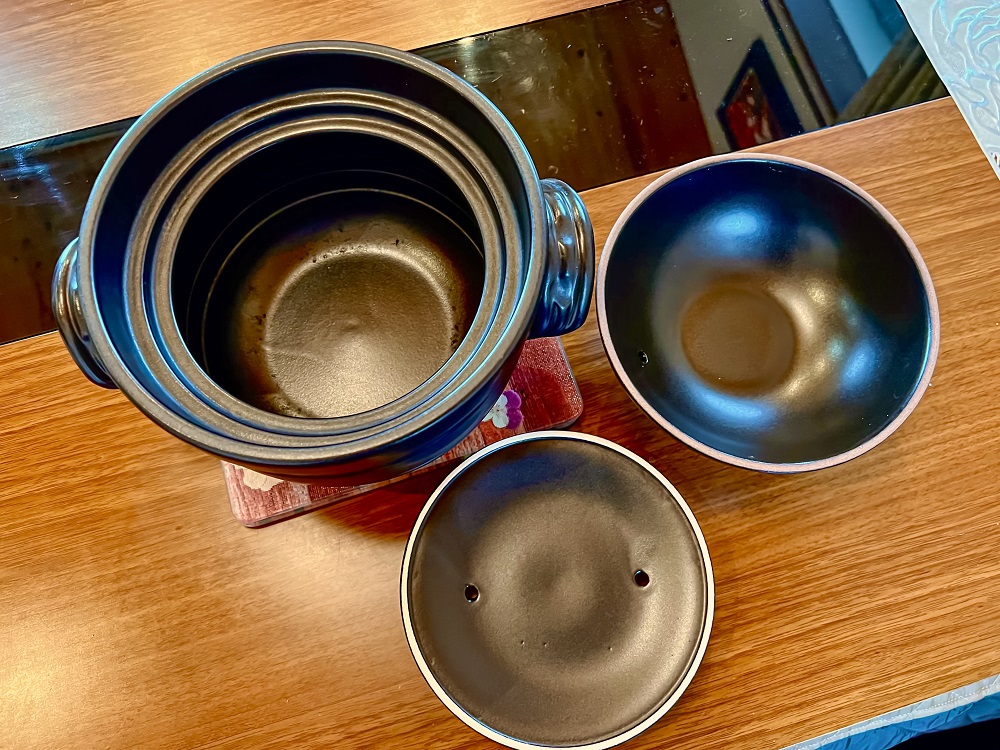
Shiga
The largest lake in Japan, Lake Biwa [Biwako] is situated at the center of the Shiga Prefecture, accounting for no less than one sixth of the total size of the prefecture. Having the blessings of both water and greenery, is also home to important historical sites such as Enryakuji Temple on Mount Hieizan, and the Hikone Castle. The following three items of the crafts from the Shiga Prefecture are certified as the "Traditional Craft Products". "OMI Jofu" [Ramie Textiles] which is made in Higashiomi City and the surroundings in the Koto Region of Shiga Prefecture, is a top-class fabric produced. "SHIGARAKI Yaki" [Pottery] from Koka City has a long history as one of the six oldest kilns in Japan and is famous for the raccoon dog figurines. The "HIKONE Butsudan" [Household Buddhist Altars] made in Hikone City is a product with maki-e [a lacquer decoration technique] and gold leaf, developed from when the Buddhism started to flourish in the area.

Fukui
Located to the north of Kyoto Prefecture, Fukui Prefecture has flourished as a key transportation hub, with trade with China and the Korean Peninsula prospering for a long time. Seven crafts are certified as “Traditional Craft Products", and of three are the following. The "ECHIZEN Shikki" [Lacquerware] from Sabae City, a traditional artisan town, boasting a 1,500-year history widely known for craftsmanship, and the notable aspects are the composed luster and refined brilliance appealing to the people of Japan and is often used for weddings and events. The "ECHIZEN Uchihamono" [Forged Blades] of Echizen City with a history of over 700 years is famous for the kitchen knives which are now popular around the world., and the "WAKASA Menou Zaiku" [Agate Work] made in Obama City and other cities is characterized by the vivid red color and is said to be the root of Japanese precious stonework.
Ishikawa
The Noto Peninsula in the northern part of Ishikawa Prefecture, extending out onto the Sea of Japan, and trade has been prosperous. During the Edo Period, the vast domain of the Maeda Clan was known as “Kaga Hyakumangoku”, denoting great wealth, and a luxurious and glittering culture has flourished. The ten crafts, including the following three, are certified as the "Traditional Craft Products" of the Ishikawa Prefecture. The “KAGA Yuzen" [Dyeing] of Kanazawa City is a beautiful painting depicting realistic floral patterns based on the five colors of yuzen [indigo, crimson, ocher, dark green and royal purple]. "KUTANI Yaki" [Porcelain], is the Japanese porcelain made in Kaga City, Komatsu City, Nomi City, and Kanazawa City, is characterized by its colorful and elegant patterns and a technique called "kami-e-tsuke" [over glaze decoration]. "WAJIMA Nuri" [Lacquerware] made in Wajima City is known for the beautiful finish, and the high-quality powder “jinoko” [powdered diatomaceous soil] used for the production and the decorating techniques such as filling carved areas with gold or using gold or silver dust to create maki-e, made with over a hundred stages of production.

Toyama
Toyama Prefecture is one of the heaviest snowfall areas in the world, has a unique topography of 3.000-meter class mountains to the southeast, facing the Sea of Japan (Toyama Bay) to the north, and a plain in the center of the prefecture. Six items of the crafts from Toyama Prefecture are certified as the “Traditional Craft Products". "TAKAOKA Doki" [Bronze Casting] from Takaoka City, where various copper products ranging from indoor ornaments to Buddhist statues and bronze statues were made and started to be known worldwide by being exhibited at the Exposition Universelle world's fair in Paris in 1867. "INAMI Chokoku" [Woodcarving] made in Nanto City are delicate three-dimensional sculptures originally used for carvings in temples and shrines and have cultivated advanced techniques. "SHOGAWA Hikimono Kiji" [Wood Turnery] made in a wide area of the prefecture, has the intrinsic appearance of texture of the Japanese zelkova with its unique figure grain.
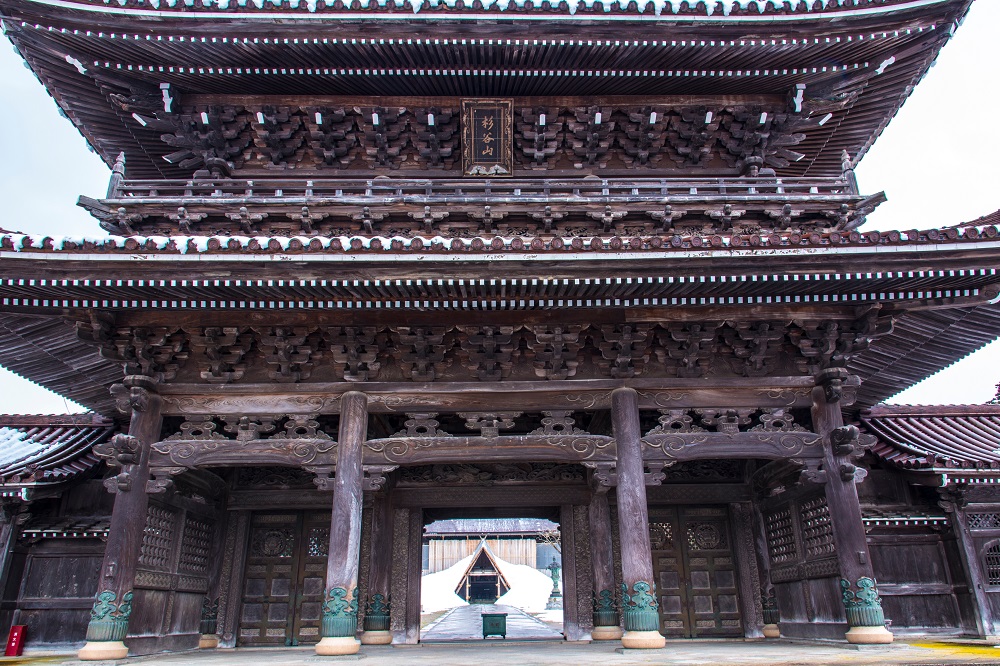
Destinations
Nagoya Castle / 名古屋城 (Aichi)
Nagoya Castle, the one of the icons of Nagoya, was completed in 1615 by the Shogun, Tokugawa Ieyasu. Intended as the residence of the Owari Tokugawa family to prepare for the threat of the Toyotomi Cl....
The Tokugawa Art Museum / 徳川美術館 (Aichi)
The Tokugawa Art Museum houses many masterpieces of the Owari Tokugawa family, including the belongings of Tokugawa Ieyasu, the founder of the Edo shogunate. The museum houses many national treasures ....
Iga-ryu Ninja Museum / 伊賀流忍者博物館 (Mie)
Located in Ueno Park (Iga Ueno Castle) in Iga City, Mie Prefecture, the Ninja Museum of Igaryu offers visitors a chance to learn about the ninja and ninjutsu of the Iga school. The Iga Ninja specializ....
Enryakuji Temple / 比叡山延暦寺 (Shiga)
Hieizan Enryakuji is the head temple of the Tendai sect of Buddhism in Japan, and its vast temple area stretches out across Mt. Hiei. The temple is said to have been founded in 785, at the end of the ....
Higashi-Chaya District / ひがし茶屋街 (Ishikawa)
Higashi Chaya District is located about 10 minutes by bus from JR Kanazawa Station. It is the largest of the three teahouse districts (Higashi Chaya, Kazue-machi Chaya, and Nishi Chaya) that still rem....
Wajima / 輪島 (Ishikawa)
Located in the northwest of Noto Peninsula, Wajima City in Ishikawa Prefecture has a population of about 30,000 and is blessed with abundant nature and the sea. Wajima is most famous for its Shiroyone....

